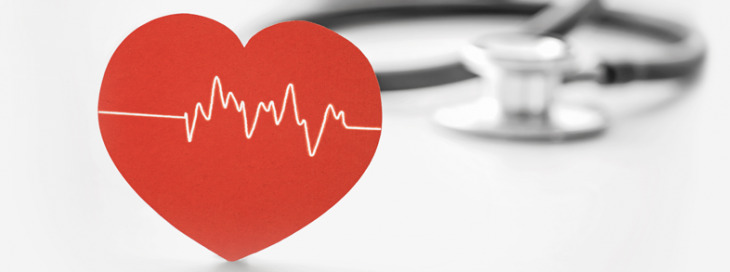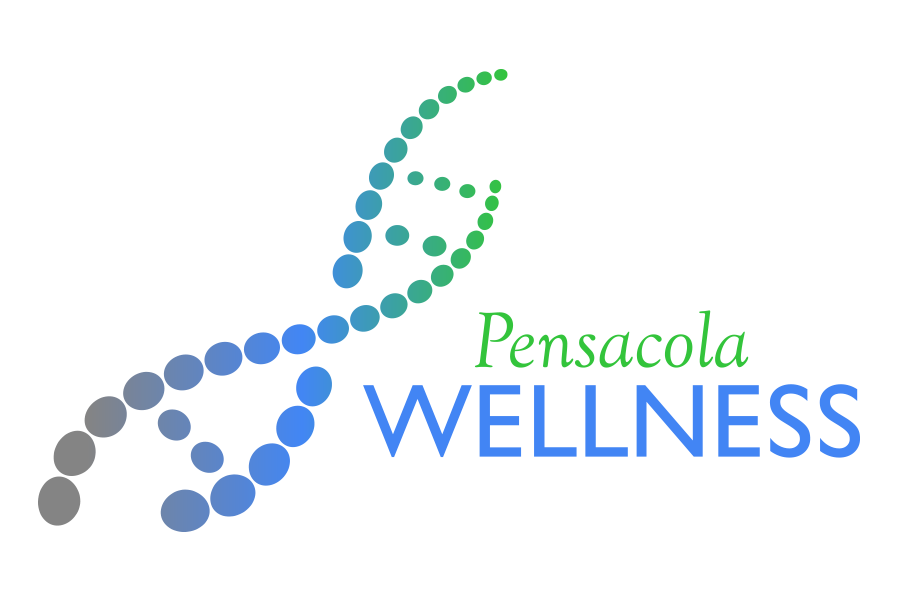
Lifestyle Changes For Heart Health
More than 67 million Americans have high blood pressure, which is the leading cause of heart disease and stroke. People with high blood pressure are four times more likely to die from a stroke and three times more likely to die from heart disease, compared to those with normal blood pressure, according to the CDC. High blood pressure often shows no signs or symptoms, which is why having your blood pressure checked regularly is important. Your lifestyle is your best defense and also your responsibility to help guard against heart disease and stroke.6 Lifestyle Changes For Heart Health Month
- Take Responsibility for Your Health Cardiovascular disease is the major cause of death in America, accounting for 34 percent of deaths, almost all premature. The best prevention against heart disease and stroke is to understand the risks and treatment options. The first step is to take responsibility for your health and live a healthy lifestyle.
- Stop Smoking If you smoke, commit to quit. It may be tough, but your heart will thank you. There is overwhelming evidence that smoking and second-hand exposure to smoke increases the risks of heart disease, lung disease, peripheral vascular disease and stroke.
- Make Good Nutritional Choices A healthy diet is one of the best weapons you have to fight cardiovascular disease. What you eat and how much you eat can affect controllable risk factors such as cholesterol, blood pressure, diabetes and obesity. Choose nutrient rich foods with vitamins, minerals, and fiber. Emphasize your intake of vegetables, fruits, and whole grains; including low-fat dairy products, poultry, fish, legumes, and nuts. Try this shopping list for ideas!
- Monitor Your Cholesterol Fat lodged into your arteries is far from a good thing. Sooner or later it could trigger a heart attack or stroke. The amount of cholesterol in your blood is determined mainly by three factors: the amount produced by the liver (largely genetic), the amount absorbed from the intestinal tract (from what you eat, and from cholesterol produced by the liver and excreted into the digestive tract), and lastly your cholesterol increases with age. Reduce your intake of saturated fat, trans fat, and cholesterol. Then, get moving! If diet and physical exercise don’t decrease your blood cholesterol then see your physician for further recommendations.
- Maintain a Healthy Blood Pressure High blood pressure causes wear and tear of the inner lining of your blood vessels. The higher your blood pressure the greater your risk. The risk begins to increase from a pressure of 115/70 mmHg and doubles for each 10 mmHg increase in the larger number and 5 mmHg in the smaller number. Heredity and increasing age also raise the risks.
- Make Exercise Part of Your Daily Routine Studies show that walking two miles a day is optimal for overall health. Exercise activates genes that are beneficial to our health, and it treats depression and anxiety. Exercise alone cannot reduce weight, your diet must be modified as well.
Early Signs of Heart Disease
- Angina: Can show in a variety of ways including a feeling of heaviness in the chest, pain, a squeezing sensation, weight on the chest or a deep pain that causes you to catch your breath. This can be felt in other areas of the body including pain in the shoulder, the middle or upper region of the back, or even the jaw line.
- Atherosclerosis: The narrowing or blocking of the major arteries due to the build up of plaque from cholesterol. Most people first notice poor circulation that leads to difficulty keeping their hands and feet warm.
- Diziness
- Shortness of breath after exertion or exercise
- Sweating
- Rapid pulse and heart palpitations
- Family history of early heart disease or heart attacks
How to Identify a Stroke
- Weakness on one side of the body
- Numbness of the face
- Unusual and severe headaches
- Vision loss
- Numbness and tingling
- Unsteady walk
